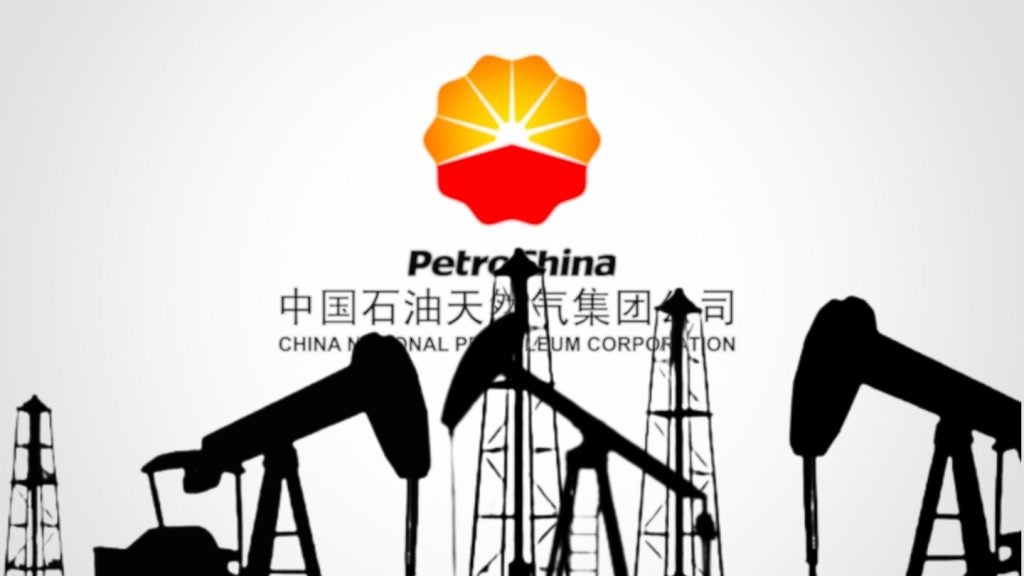
With a focus on continuous improvement, in place of responsive compliance, BP’s new operating management system (OMS) will mark a much needed change in the corporation’s approach to operational practices and risk mitigation. Major disasters in 2005 and 2010 mean the implementation of this OMS couldn’t be timely.
Following the Gulf of Mexico disaster in April, BP has been under intense scrutiny from the public, the media and the government to explain what failings in its safety practices caused the accident aboard the Deepwater Horizon. Much of this spotlight has been firmly fixed on embattled CEO Tony Hayward. With the recent announcement of his departure, the implementation of BP’s OMS is perfectly timed to take advantage of the new leadership of Bob Dudley.
BP Chairman Carl-Henric Svanberg recently said: “BP remains a strong business with fine assets, excellent people and a vital role to play in meeting the world’s energy needs. But it will be a different company going forward, requiring fresh leadership supported by robust governance.” As the old adage goes, you lead from the front, and this OMS aims to do just that.
However, the impetus for the creation of the operation management system came much earlier, following the 2005 explosion at a BP-owned oil refinery in Texas City. This event caused BP to rethink its operations, with a concerted effort to develop a safe, reliable, efficient and responsible means of operating.
The OMS programme aims to cover eight aspects of how plants, people, performance and process interact. These form the ‘elements of operating’, which together make up the basis of the OMS.
See Also:
Global to local
How well do you really know your competitors?
Access the most comprehensive Company Profiles on the market, powered by GlobalData. Save hours of research. Gain competitive edge.

Thank you!
Your download email will arrive shortly
Not ready to buy yet? Download a free sample
We are confident about the unique quality of our Company Profiles. However, we want you to make the most beneficial decision for your business, so we offer a free sample that you can download by submitting the below form
By GlobalDataThe challenge was to develop this system to encompass all of BP’s many different operations: platform, refinery, pipeline, terminal or filling station. “It is important to remember that OMS was written to describe what good looks like, not to describe excellent operations,” says John Sieg, group head of operations. By doing so, each operation could then decide how to implement OMS to best fit operational requirements of each specific site at a local level.
“There is no business value created if each entity invents its own approach to satisfy the same basic operating expectations. We resisted the impulse to tell the organization ‘how to’ implement OMS. We recognise that leaders and organizations want the freedom to discover their own ‘best ways’ to conform to OMS,” he explains.
With close to 100,000 employees working in over 100 countries, at tens of thousands of different sites, it would be impossible to instruct from the top down. By each site creating its own local OMS manual (LOMS), it can be used as a site-specific point of reference for all employees. But implementation at a local level does not mean each site must stand alone; collaboration can help each site to achieve operational excellence.
“We are helping locations find others who have discovered great approaches to achieve conformance so they don’t have to reinvent the wheel,” adds Sieg.
What remains to be done? The system is now deployed at 80% of BP’s operations, with the remaining 20% to be completed by the end of 2010. Implementation is only the first step; OMS is geared towards continuous improvement to ensure the momentum of the system is maintained. Using goal-based objectives, all operations can continue to improve safety and efficiency as part of the Performance Improvement Cycle all sites go through annually. More information can be found in BP’s Horizon.
With the cost of the Gulf of Mexico oil spill now in excess of $32bn for BP, it is heartening to see resources being devoted to introduction of OMS. Let’s hope that this will signal a watershed moment for the organisation and the start of safe, reliable, efficient and responsible operations across the board.






